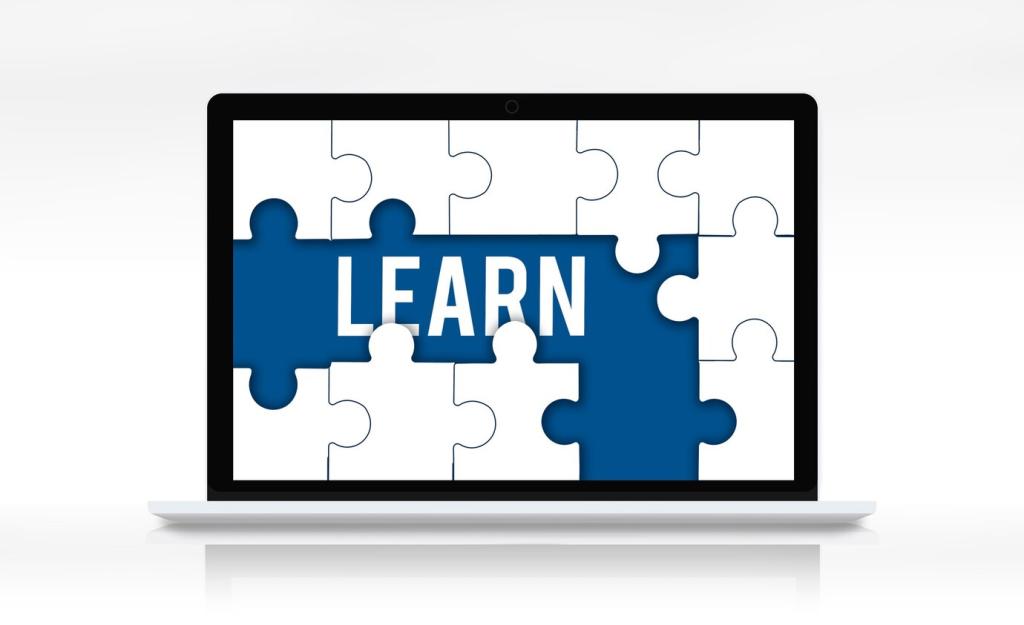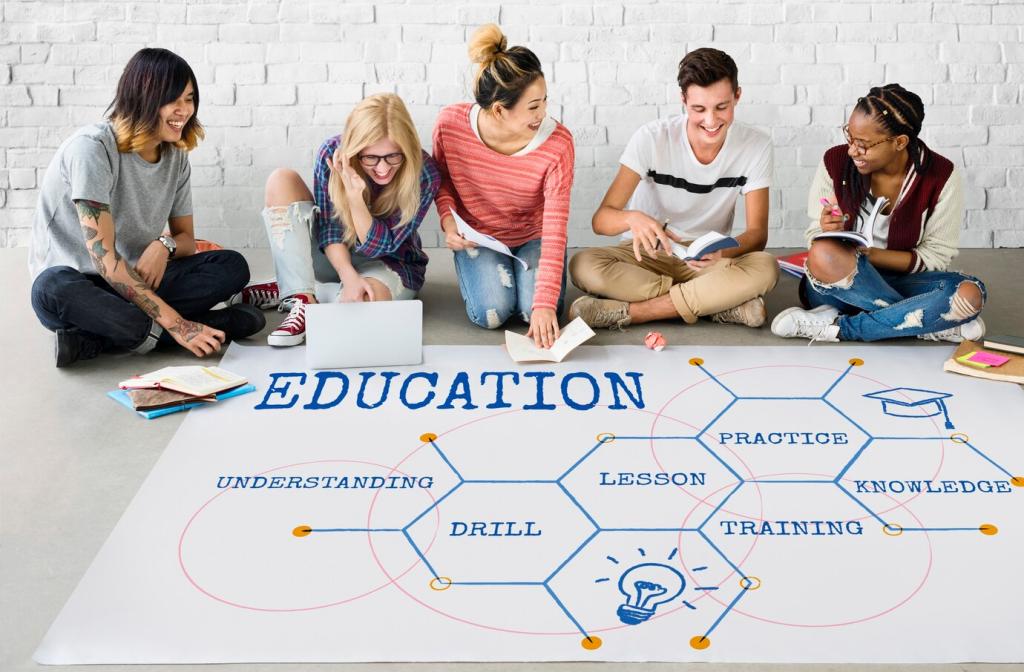Igniting Student Engagement with IT Resources
Chosen theme: Student Engagement with IT Resources. Dive into stories, strategies, and practical ideas that turn digital tools into catalysts for curiosity, confidence, and community. Stay with us, share your experiences, and subscribe for ongoing insights shaped by your voice.




Designing IT Resources Students Actually Use
The first five minutes should answer three questions: where to start, what to do, and how to succeed. A one-screen orientation, sample activity, and clear next-step button can transform hesitation into confident, repeatable habits.
Designing IT Resources Students Actually Use
Captions, alt text, readable contrast, keyboard navigation, and downloadable formats are not extras; they are engagement engines. When students can access materials anywhere, on any device, they spend energy learning rather than troubleshooting.

Polls, Quizzes, and Curiosity
Micro-quizzes and quick polls nudge retrieval practice, revealing what students know and want to know next. When feedback is immediate and kind, curiosity grows, and students willingly re-engage to track their own progress.
Co-Authoring Knowledge
Shared docs, wikis, and version histories make thinking visible. Students learn to negotiate meaning, cite sources, and refine drafts together. Accountability improves when every contribution is timestamped, constructive, and clearly connected to goals.
Labs Without Walls
Simulations and virtual labs invite experimentation without the fear of breaking expensive equipment. One student told us they finally understood a concept after replaying a scenario three times—a freedom only a well-built digital lab provided.
Data, Feedback, and Early Support
Transparent dashboards show students how their activity aligns with milestones. When learners can see trends and set goals, they adjust study patterns proactively instead of waiting for midterm surprises.


Data, Feedback, and Early Support
Short audio or video comments within the platform feel personal and actionable. A warm tone, one strength, one suggestion, and one next step can transform disengagement into renewed effort within days.
Welcoming Rituals
Weekly hello posts, quick wins, and playful icebreakers can make a course feel alive. When students see names, stories, and shared goals, they return to the platform for people, not just points.
Gamification With Purpose
Badges, streaks, and progress bars work best when aligned with learning outcomes. Celebrate meaningful mastery, not mere clicks, and let students choose paths so motivation comes from ownership as much as recognition.
Peer Mentors and Micro-Communities
Study pods and mentor channels lower the cost of asking for help. A quiet message from a peer who conquered the same module last week often does more than any announcement from the instructor.
Co-Creating the IT Ecosystem With Students
Invite diverse students to test new features before launch. Their feedback on navigation, clarity, and workload reveals friction you might miss—and their advocacy often boosts adoption among classmates.

